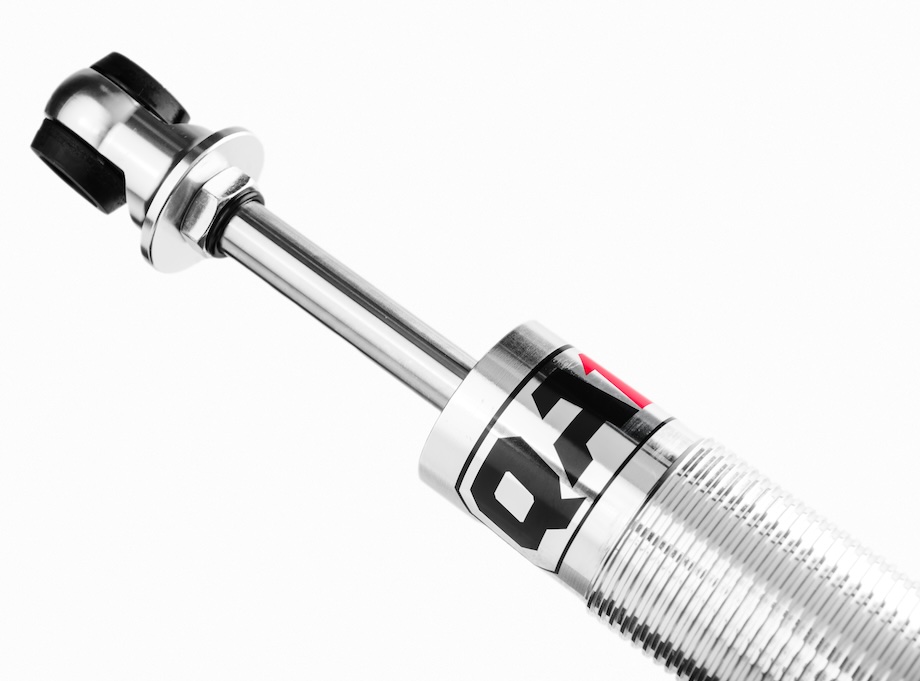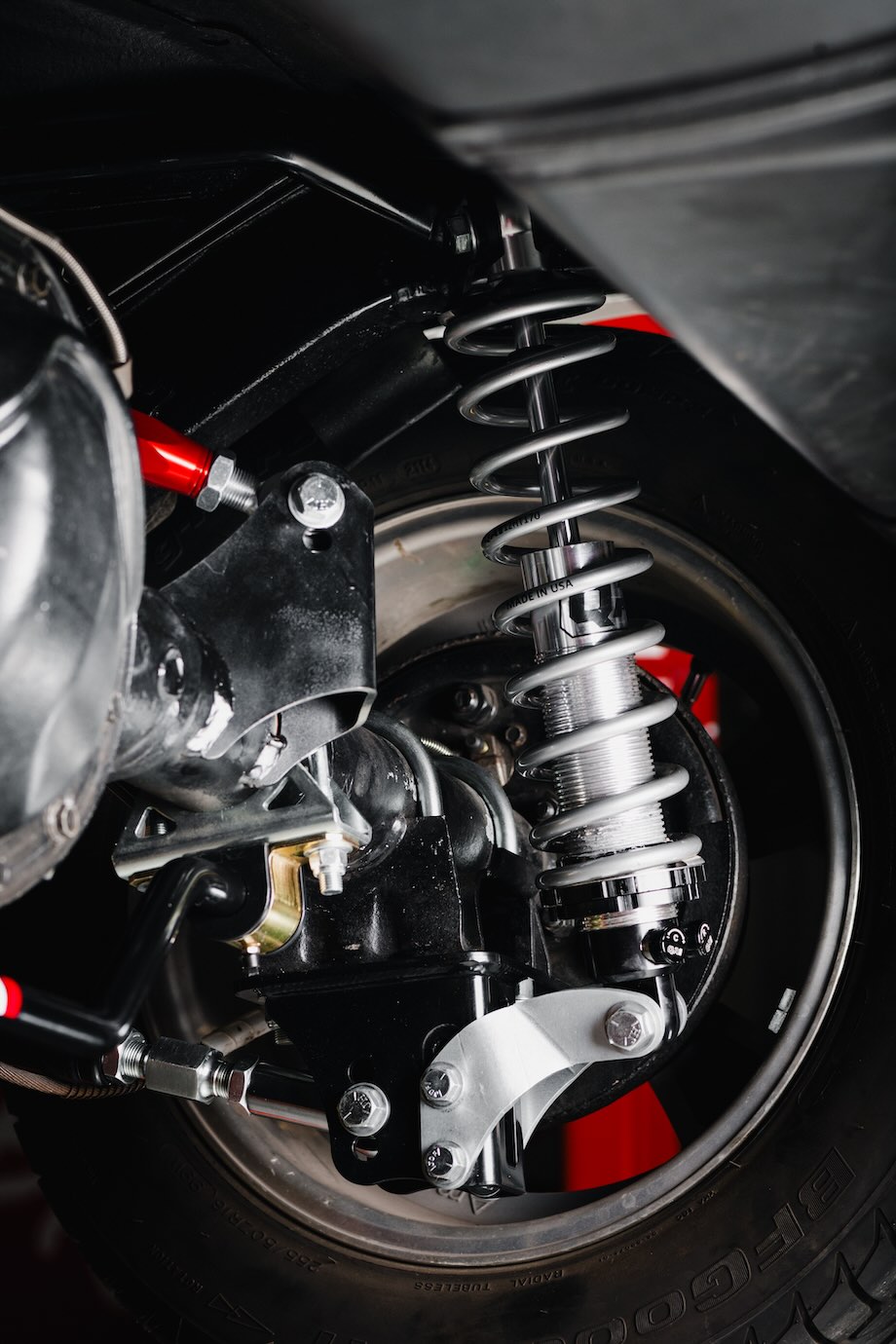How Much Shock Travel Do I Need?
Shock travel: You need it, but how much and why? Ultimately, it comes down to how you’re using your vehicle. A trophy truck with crazy long travel suspension designed to soak up canyons at 100 mph will have a very different answer than an autocross car that’s sucked down to the ground.
For the sake of today’s explanation, we’re going to stick to general street cars. That means you’re using your vehicle to cruise down roads that have imperfections, railroad tracks, and speed bumps ... not dedicated track cars that live on the autocross, drag strip or road course. Those vehicles may require very different answers based on a number of factors, from aerodynamics to tire size and track surface.
WHAT IS SHOCK TRAVEL?
Shock travel measures a shock’s movement through both compression and extension strokes. Compression means the shock’s piston rod is pushing up into the body of the shock, shortening (or compressing) in length. Extension is the exact opposite, meaning the piston rod is being pulled out of the body. This lengthens (or extends) the shock’s overall length.
Ultimately, you want enough travel in your shock not to top it out or bottom it out. Your shock should never be fully extended or compressed through your suspension’s full range of movement. What happens if it does? Nothing good. Not only will it give your car a rough ride, but a shock that does not have enough travel can cause performance issues and even damage your shocks or other suspension components.
HOW MUCH SHOCK TRAVEL DOES A STREET CAR NEED?

This depends on what type of suspension you have. It differs between straight axle suspensions and independent suspensions.
On straight axle suspension systems there is a 1:1 ratio between the movement of your shock and your wheel. That means if your wheel moves one inch, your shock extends or compresses one inch. In these applications 2.5 inches of shock travel in both directions (compression and extension) should generally be enough.
Depending on the way your suspension is set up, you may need more. If you want to limit body roll for stiffer handling, you may want less travel than that. But even in these cases, your shock should not be thing limiting your suspension—ie being fully extended to keep the car from experiencing body roll.
For independent suspension systems, shocks do not require as much travel. That’s because the control arm acts as a lever. So, while your shock may only be moving an inch, your wheel could be traveling two inches. It could be moving 3 inches. It all depends on where your lower shock is located. The closer your shock is to your wheel, the closer to 1:1 that motion ratio will be.
When measuring for shock travel on an independent suspension system, start with wheel travel. Make sure it can move 2.5 inches in both directions. To check this, measure between your upper and lower shock mount when your suspension is fully compressed and at full droop. This will tell you how much overall stroke you’ll need to keep from bottoming out or topping out your shock.

SHOCK TRAVEL FAQs
What if I’m building a custom suspension setup?
When setting up your own shock mounts, make sure you have a range of motion that allows enough travel. Just as importantly, make sure you can find and fit a shock that provides that much travel when extended and compressed. Any time you’re adding length, you’re adding stroke to the shock – meaning the shock will have a larger body. Browse QA1 custom mount coilover shocks.
How much shock stroke do I need for a street car?
For straight axle applications, most cars will require a shock with 5 inches of stroke or so. This allows for the 2.5 inches of compression travel and 2.5 inches of extension travel mentioned above. Independent suspensions will vary depending on their design. Use the method mentioned above to measure your shock amounts and find out how much stroke is required.
BRINGING IT ALL TOGETHER
We hope this helps answer some of the questions you might have about shock travel. Looking to find the right shock for your car or truck? Our tech team is happy to help. Give us a call at 952-985-5675.

